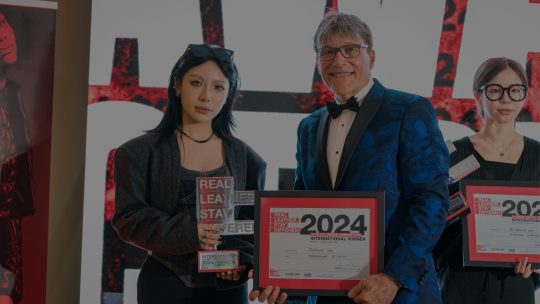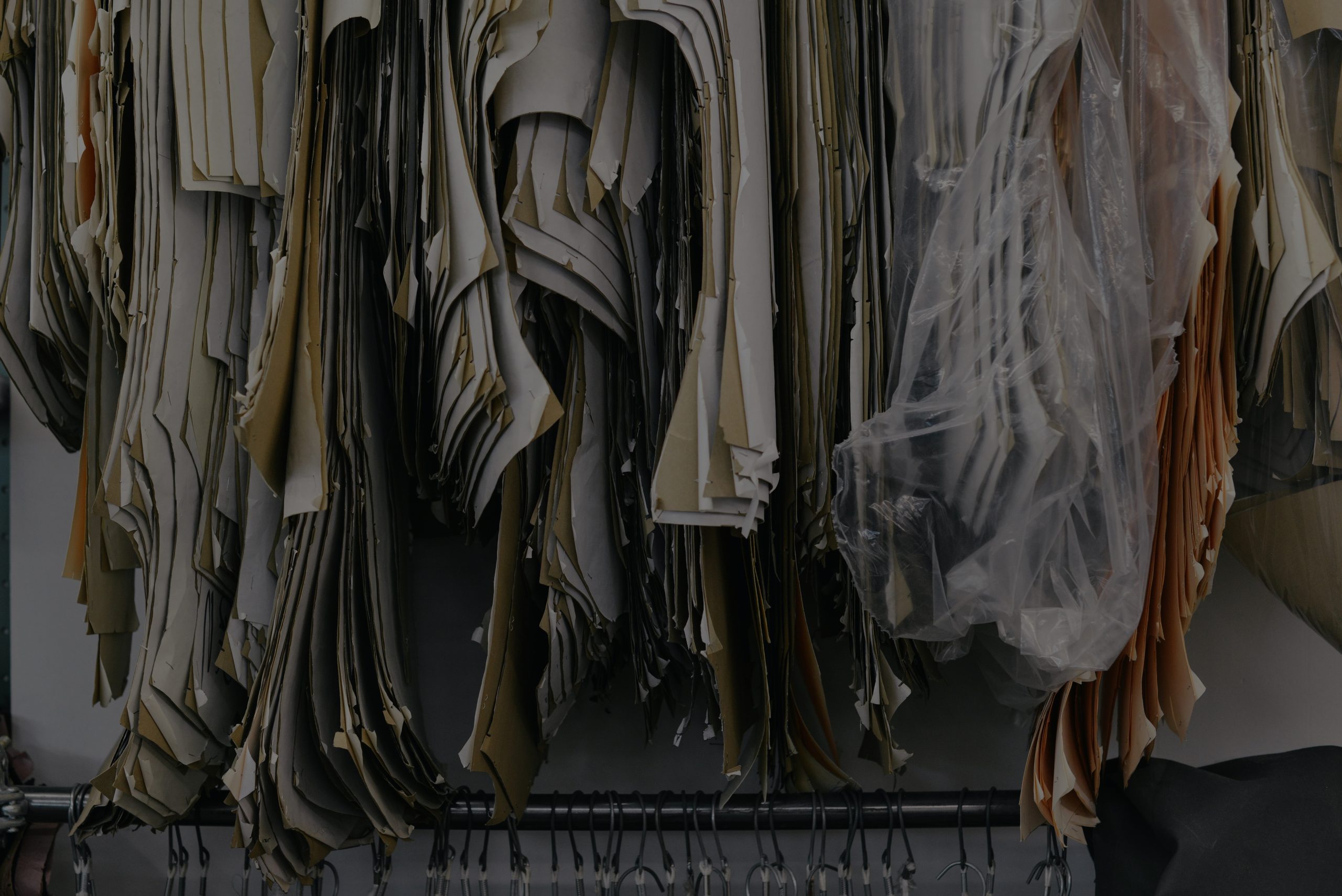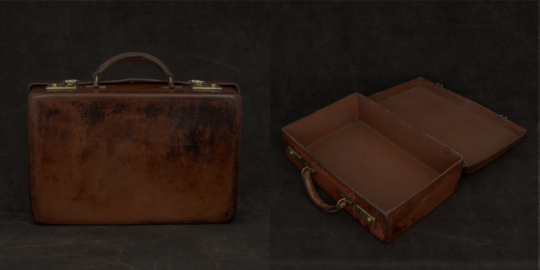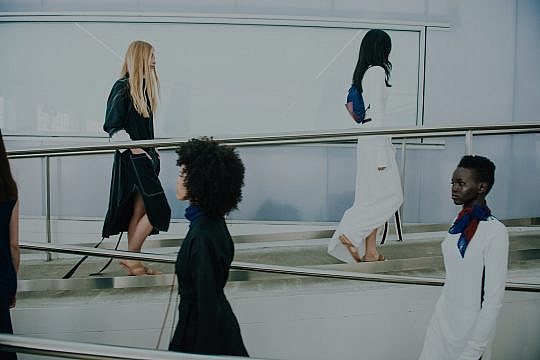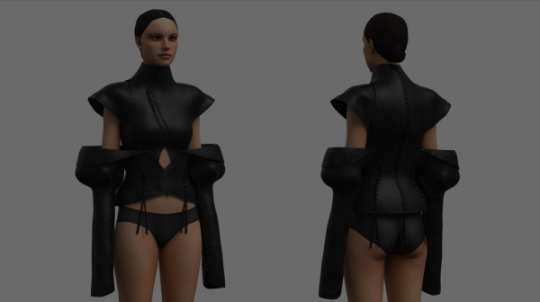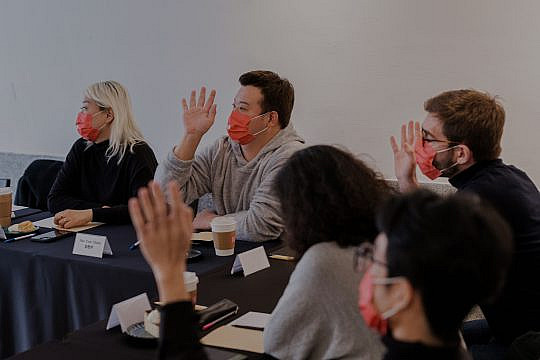The circular economy is a sustainable and innovative economic model that seeks to redefine the traditional linear “take, make, dispose” model of production and consumption. Instead, it promotes a system where resources are used for as long as possible, the maximum value is extracted from them while they’re in use, and products and materials are then recovered and regenerated at the end of their useful life.
How does the circular economy work?
The circular economy can be visualized as a loop. These are the steps to make that loop as smooth as possible.
Firstly, design out waste and pollution: This starts with the design of products. In a circular economy, products are designed to be durable, easy to repair, and recyclable. Leather comes from a by-product. If not used it would be wasted.
Keep products and materials in use. Create products that last longer, and then find ways to repurpose or recycle them rather than discarding them. This could involve creating sharing platforms, remanufacturing, and recycling.
Regenerate natural systems. Restore and regenerate natural capital, for example, by returning valuable nutrients to the soil or purifying air and water.
How a business might become part of the circular economy
- Product design. Create products that are modular, durable, and recyclable.
- Sustainable business models. This could include leasing instead of selling or offering products as a service.
- Incorporate recycled materials. Use recycled or renewable materials in manufacturing.
- Develop take-back and recycling programs. This can allow businesses to recover valuable materials and reduce waste.
- Collaboration. Partner with suppliers, customers, and even competitors to create a circular supply chain.
- Educate and engage. Teach consumers and stakeholders about the value and benefits of a circular model.
Benefits to the leather business
Cost savings. By recycling and reusing materials, businesses can reduce procurement costs. Leather as an alternative to forever plastics makes sound ecological sense.
New revenue streams. By repurposing leather, fashion and practical application of leather can be discovered which in turn will find new markets and revenue opportunities.
Innovation. rethinking products and processes can drive innovation and differentiation in the market.
Resilience. A circular approach can make supply chains more resilient by reducing dependency on scarce resources.
Improved brand image. By using leather that would otherwise be wasted we can show commitment to sustainability and enhance a company’s reputation and customer loyalty.
What are the benefits to the wider world.
Environmental protection. Using leather we reduce waste, pollution and the depletion of natural resources. In particular the reliance on manmade materials often relies on oil-based products.
Economic growth. Our approach to the circular economy can stimulate economic growth by creating new markets and job opportunities in recycling and remanufacturing.
Resource efficiency. This reduces the need for other natural resources, ensuring they are not wasted.
Societal well-being. By reducing pollution and waste, it can lead to a cleaner environment and improved public health.
